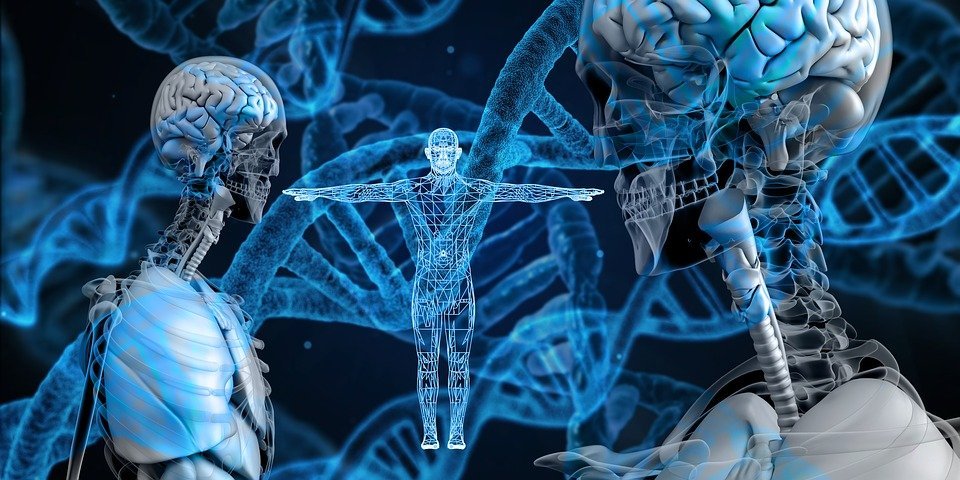Recently, information has been spreading that vaccines contain a special protein that responds to electrical impulses, which will allow scientists in the future to control our behavior. We decided to check whether such an element is actually present in coronavirus vaccines.
Newsletter about magneto protein goes viral Telegram-channels, as well as online Instagram. They talk about a new method of genetic engineering - chemogenetics, which made it possible to insert "a magneto DNA sequence into the genome of a virus."
Chemogenetics as a branch of genetic engineering is indeed exists for about two decades now. This is a new method of turning neurons on and off. Special vectors - trained viral particles - deliver synthetic receptor molecules to certain neurons. These molecules are built in into the neuron membrane and in response to a certain substance, they activate special cellular reactions in it. This substance is what is called a designer drug. Thus, chemogenetics makes it possible to correct the behavior of neurons, which, in turn, opens path to recovery for people with severe diseases, for example with Parkinson's disease, Alzheimer's disease, schizophrenia, epilepsy and clinical depression. Basic tool chemogenetics today - DREADDs (Designer Receptors Exclusively Activated by Designer Drugs, “artificial receptors selectively activated by artificial drugs”).
Within the framework of chemogenetics, American scientists learned “turn on” and “turn off” neurons in the brains of rats so that healthy rats stopped learning from the example of a friend, and rats with genetically generated autism, on the contrary, acquired the ability to socially learn. Russian researchers were able reduce anxiety in juvenile rats. And the team from the University of Georgia approached to understanding compulsive overeating.
Magneto protein was created Ali Deniz Guler and Michael Wheeler as part of a project at the University of Virginia in 2016. Mice with a magneto built into the pleasure zones of the brain responsible for the production of dopamine preferred to be in the part of the maze where magnetic fields were in effect, and zebrafish with a magneto built into the zones responsible for processing information about the pressure of water flows began to actively move when exposed to magnetic fields.
However, having studied the composition of modern coronavirus vaccines (“Sputnik V", "EpiVacCorona" And "CoviVac", Pfizer (Comirnaty), AstraZeneca (Vaxzevria), Moderna (SpikeVax) and Johnson & Johnson (Janssen)), you can easily verify that they do not contain this protein. Moreover, magneto introduced into a group of neurons in the brain does not possessed would be such a significant force that a coin or other metal object could be attracted to the vaccinated person’s forearm. Moreover, in the future, this protein will most likely actually be able to correct the behavior and health of humans, too.
Thus, although magneto protein is indeed invented, it has not been tested in humans and is not used in any existing vaccines.

Fake
Read on the topic:
- What is drag design and how new drugs are created
- Make neurons glow
- Scientists have disabled the amygdala in the brains of living monkeys
If you find a spelling or grammatical error, please let us know by highlighting the error text and clicking Ctrl+Enter.







